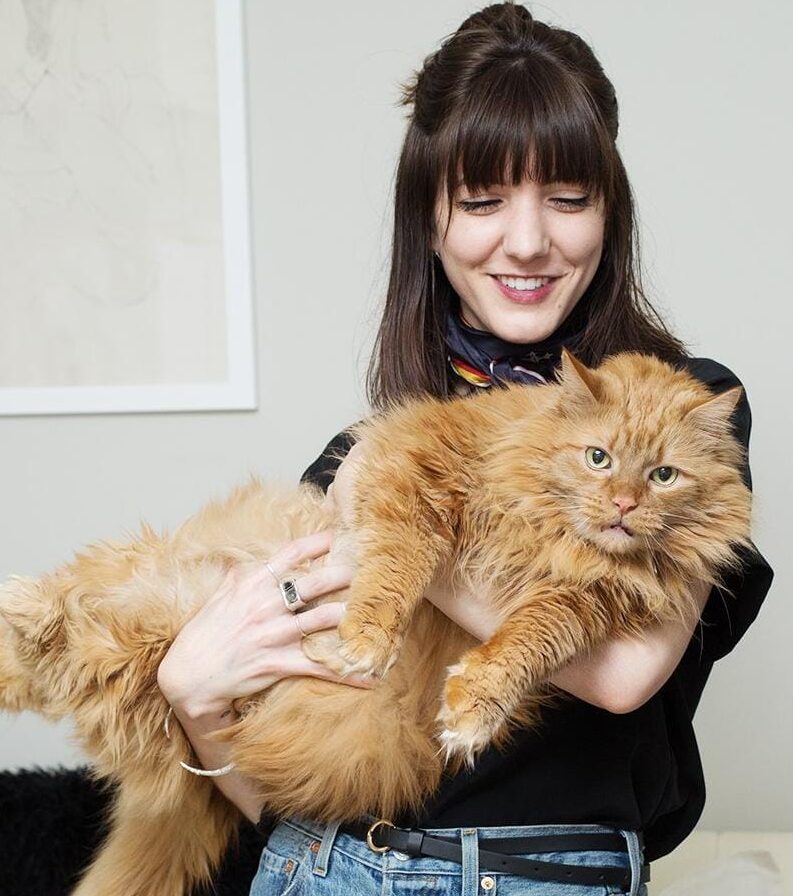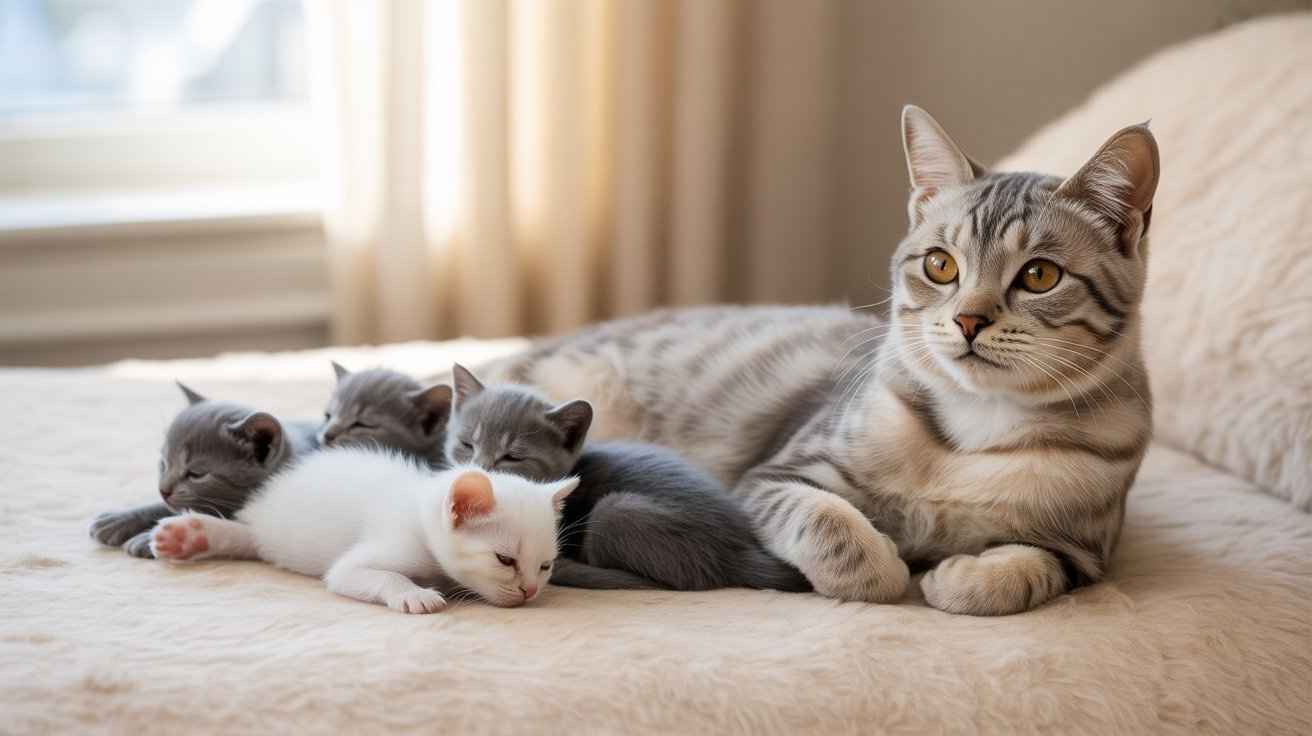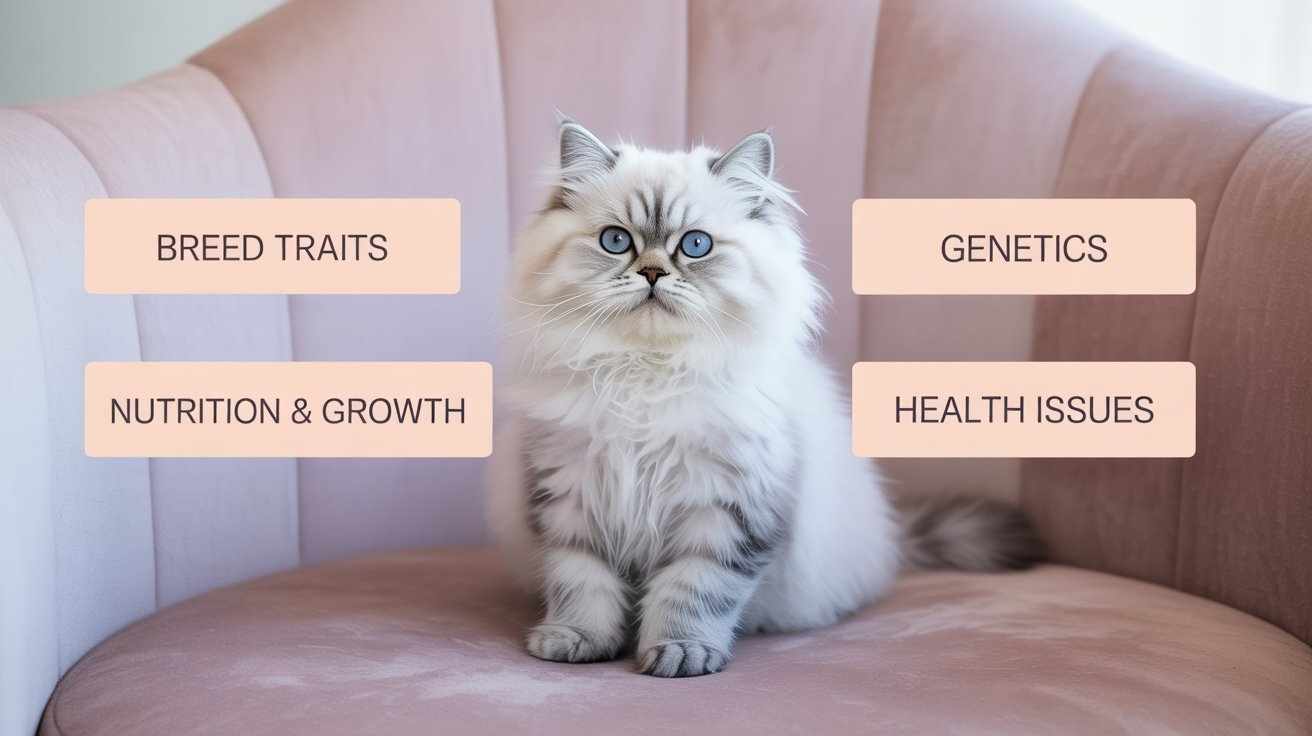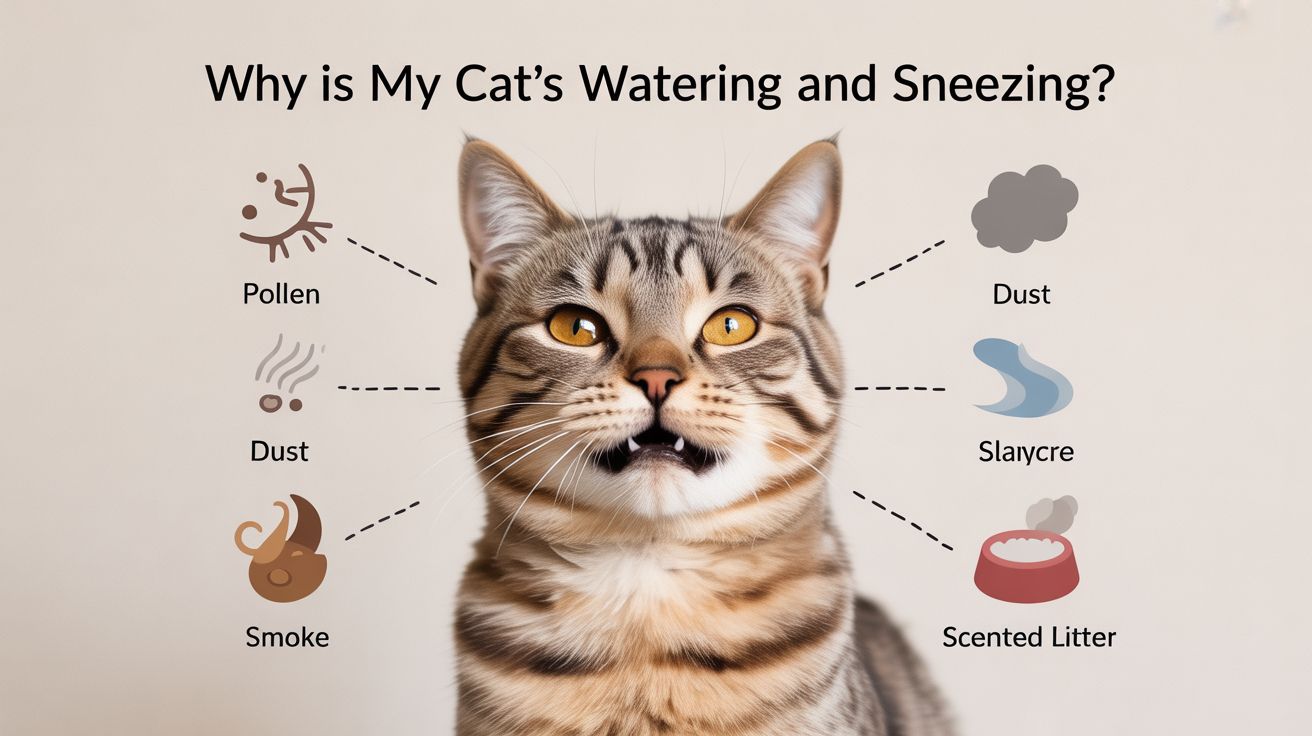Why Is My Cat Bleeding 3 Days After Giving Birth Home? Causes include uterine infection, trauma during birth, retained tissue, or hormonal imbalance.
Why is my cat bleeding 3 days after giving birth home?
If you notice bleeding 3 days after your cat gave birth at home, a small amount of postpartum discharge (lochia in cats) is usually normal.
Light brown or dark red spotting shows the uterus is healing. However, bright red blood, heavy flow, foul smell, or a weak cat may signal retained placenta or uterine infection (metritis in cats).
Understanding what is normal versus dangerous helps you take quick action to keep both your queen and kittens healthy.
Quick Answer
Why is my cat bleeding 3 days after giving birth home? Light brown or dark red discharge (lochia in cats) is usually expected. But bright red, heavy bleeding, foul smell, fever, pale gums, or weakness may signal uterine infection or retained placenta—get vet care fast.
Common Causes of Abnormal Bleeding
| Cause | What to Look For | Vet Action |
|---|---|---|
| Retained Placenta | Bleeding, clots, bad smell | Remove tissue, antibiotics |
| Uterus Infection (Metritis) | Smelly/bright red discharge, fever, weak | Antibiotics, vet care |
| Heavy Bleeding / Trauma | Bright red heavy blood, pale, weak | Emergency care, fluids, possible surgery |
| Slow Healing Placenta | Emergency care, fluids, and possible surgery | Vet check to ensure safe healing |
Common Causes of Abnormal Bleeding
Retained Placenta or Fetal Membranes
- Tissue stays in the uterus → bleeding, clots, bad smell
- The cat may be weak or not eating
- Vet removes tissue, may give antibiotics
Metritis (Uterus Infection)
- Uterus gets infected → smelly or bright red discharge, fever, weakness
- The vet gives antibiotics
Postpartum Haemorrhage / Trauma
- Uterine tear or birth injury → bright red heavy bleeding, pale gums
- Emergency vet care needed
Slow Healing of Placenta Sites
- Vet check ensures safe recovery
- Placenta spots heal slowly → minor brown/light red spotting

What is Postpartum Bleeding (Lochia) in Cats?
After birth, a cat may have postpartum bleeding (lochia) as the uterus cleans itself. This discharge is a mix of blood, tissue, and fluids. At first, it is red, then changes to brown and gradually fades.
This process, called uterine involution, is normal if the amount is small and there is no strong odour. Light spotting at 3 days shows the cat’s body is healing naturally and usually does not indicate a problem.
Regular Bleeding Timeline After Birth
Seeing bleeding 3 days after birth is usually normal. Light spotting often lasts 2 to 5 days.
Some cats may experience a small amount of discharge for up to 1–3 weeks, which should gradually decrease and change from dark red to brown, then to a lighter colour.
If your queen is eating, nursing, and active, this bleeding is part of her normal recovery and usually does not require veterinary care.

When Bleeding at Day 3 is Still Normal
Seeing small brown or dark red spots on your queen at day three is usually normal.
If your cat is active, eating well, and nursing kittens, the discharge is likely just part of postpartum bleeding (lochia in cats). No foul odour, no heavy flow, and no clots are good signs.
This type of light bleeding shows the uterus is healing naturally and doesn’t require medical intervention.
Red Flags — When Bleeding is a Problem
Some bleeding is normal, but these signs need urgent vet care:
- Bright red or heavy bleeding, large clots
- Foul-smelling discharge (possible infection or retained placenta)
- Fever, loss of appetite, pale gums, weakness
If your cat displays any of these ear problems, get veterinary advice as soon as possible. Quick action helps keep both the mother and kittens safe.

How Vets Diagnose the Cause
When a cat has unusual postpartum bleeding, the vet will:
- Check discharge colour, amount, and smell
- Feel the uterus for abnormalities
- Do blood tests for infection or anaemia
- Use an ultrasound or an X-ray to check for leftover tissue or clots
Based on the results, the veterinarian determines a course of treatment, which may include pharmaceuticals, fluids, or surgery. Quick diagnosis keeps the queen and kittens healthy.
Treatment Options
Treatment depends on the cause of bleeding:
- Uterine infection (metritis): vet gives antibiotics
- Doctors or veterinarians may use oxytocin to support uterine contractions.
- Retained placenta or tissue: may need surgery
- Severe blood loss: vet may give fluids or transfusions
Never give human medicine. Following the vet’s instructions ensures the queen recovers safely and her kittens stay healthy.

Home Care & Monitoring
Help your cat recover at home by:
- Keeping bedding clean and dry
- Providing a quiet, warm space for her and the kittens
- Watching bleeding colour, amount, and smell daily
- Making sure she is eating, drinking, and nursing
Do not pull out tissue or give human medicine. If you see heavy bleeding, foul smell, or weakness, contact your vet immediately. Careful monitoring keeps your queen and kittens safe.

Emergency Signs
Call your vet immediately if your cat shows:
- Heavy, bright red bleeding or large clots
- Pale gums, high fever, or weakness/collapse
These may indicate serious problems like uterine infection or haemorrhage. Quick action can save your queen’s life and protect her kittens’ health.
Prevention & Follow-up Care
- Provide a clean and quiet space for your cat during and after giving birth.
- Monitor her bleeding and overall health closely.
- Schedule a veterinary check-up to ensure the uterus is healing correctly.
- If she’s not being bred again, consider spaying after recovery.
Proper follow-up ensures the health of both the queen and her kittens.
FAQs
Q1: Is bleeding for 3 days normal?
Yes, small brown or dark red spots are usually regular.
Q2: What color is safe?
Brown or dark red is safe. Bright red or heavy blood is not.
Q3: When should I worry?
If the blood is bright red, smelly, or heavy, or your cat is weak or not eating, call the vet immediately.
Q4: Can kittens get sick?
Yes, if mom has an infection. Keep her clean and monitored.
Q5: Should I give medicine?
No! Only a vet can give safe medicine for your cat.

Hi, I’m Sana Sajid!I’m the voice behind CatsCare.blog, sharing my 10+ years of hands-on cat care experience. With a diploma in animal care, I offer practical tips, trusted advice, and easy-to-follow guides to help keep your cats healthy and happy.
When I’m not writing, I spend time with my own cats or exploring the latest developments in feline health. Follow CatsCare.blog for expert insights and real cat stories!





